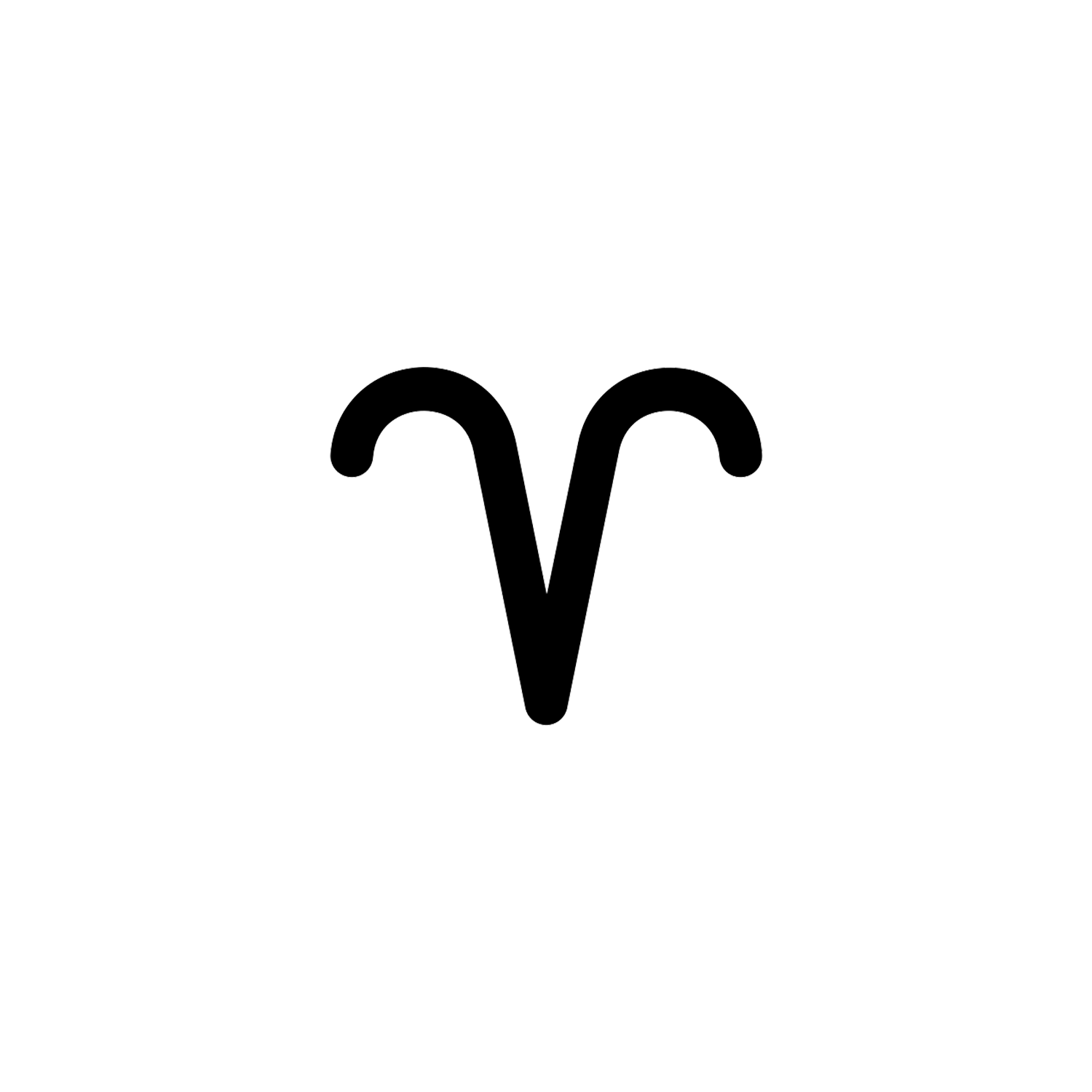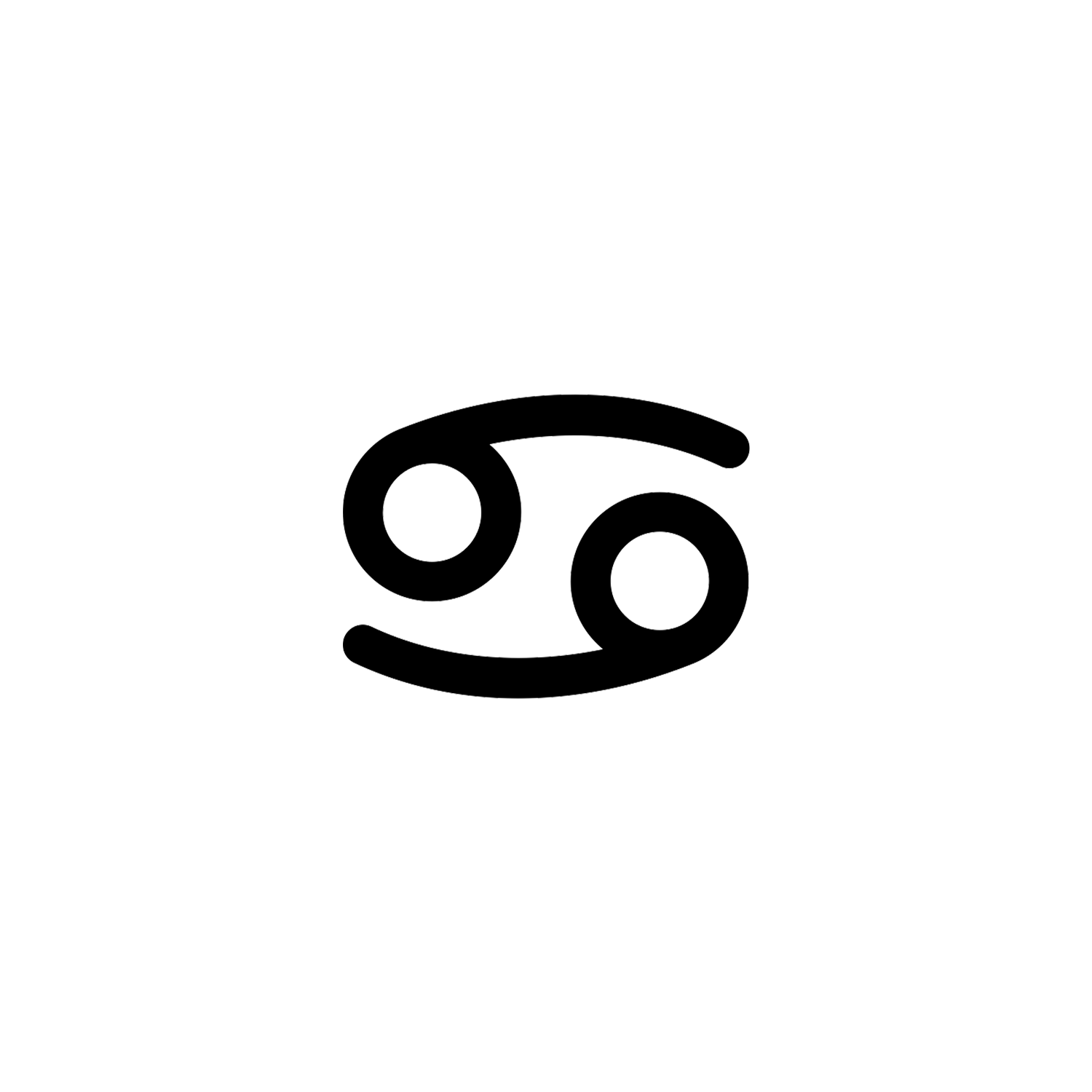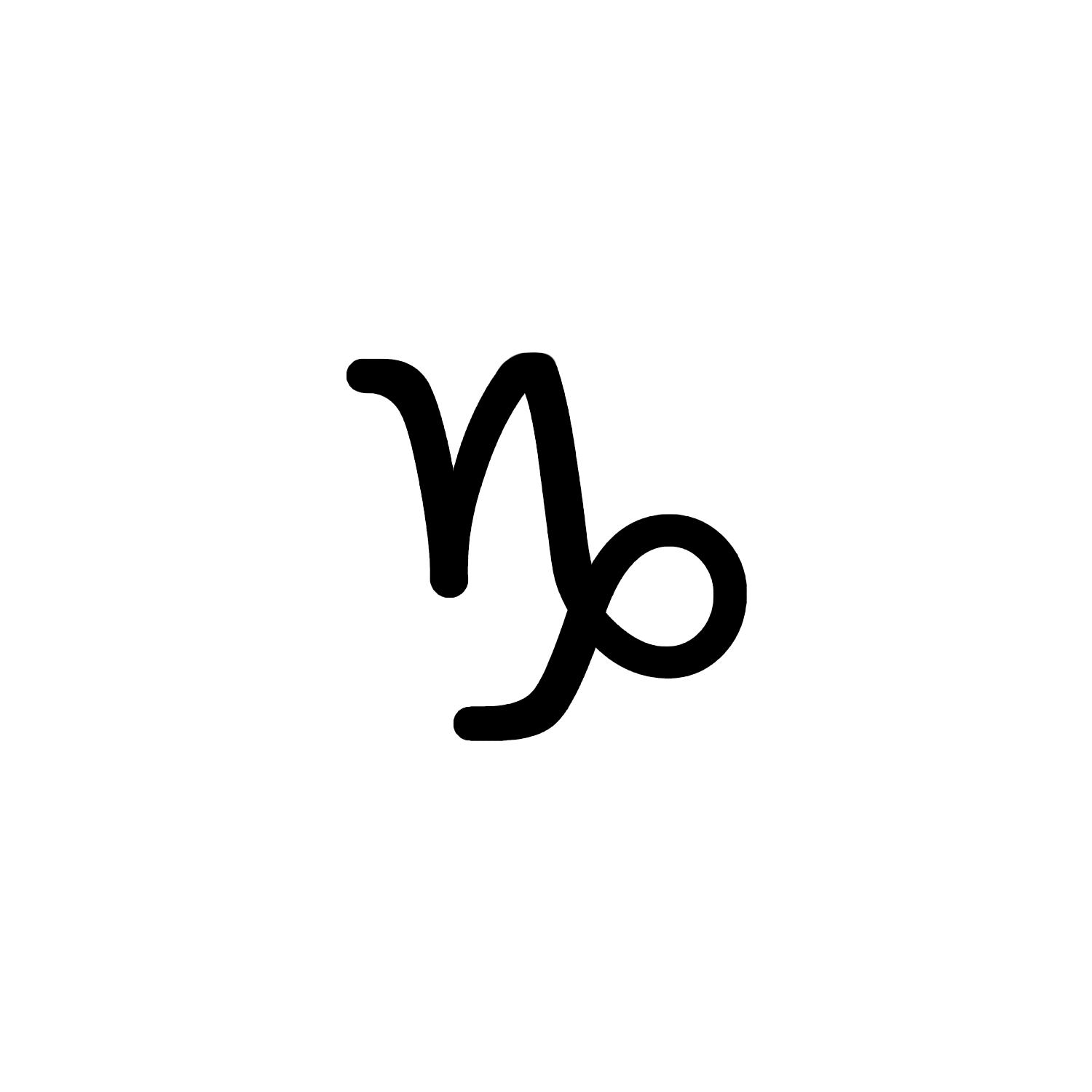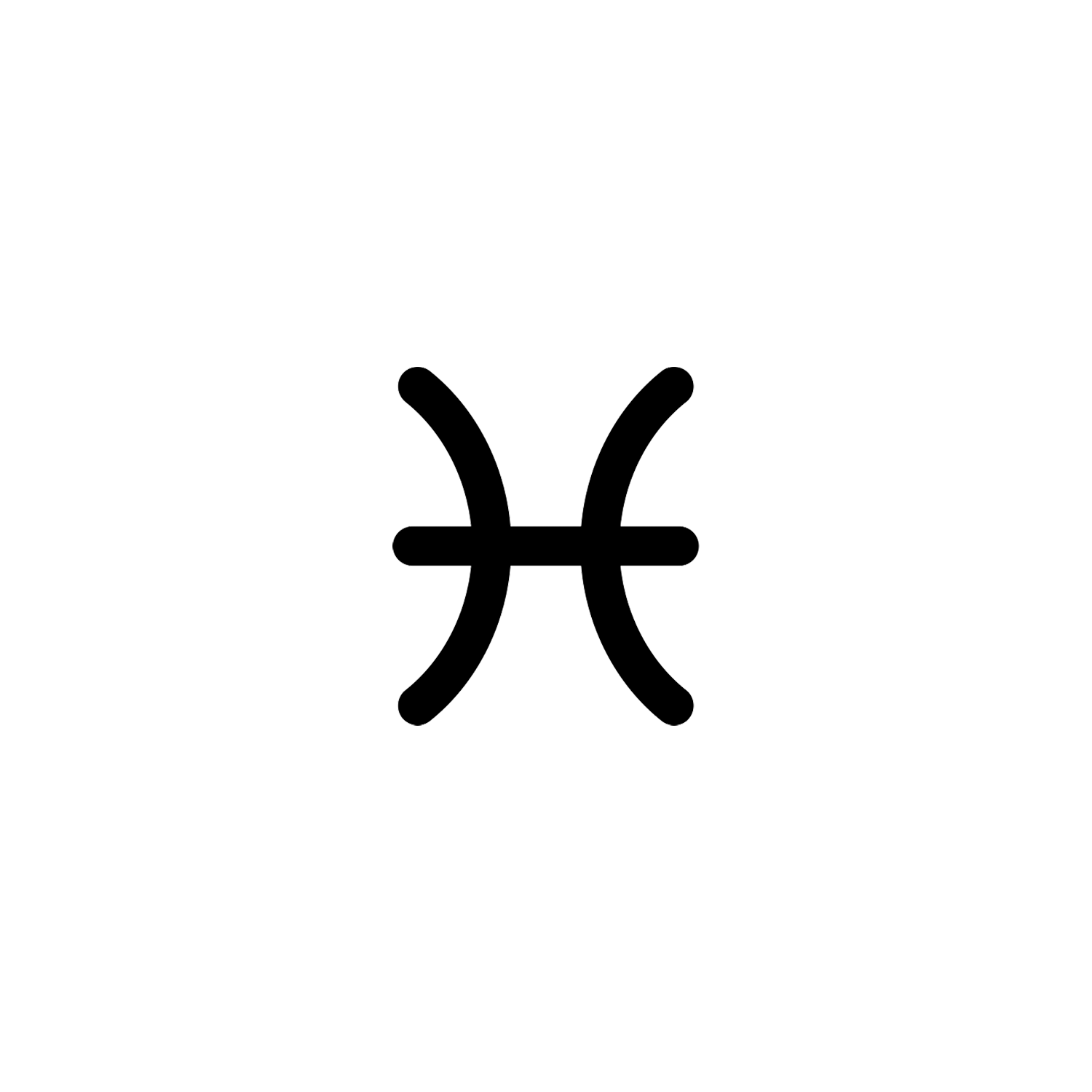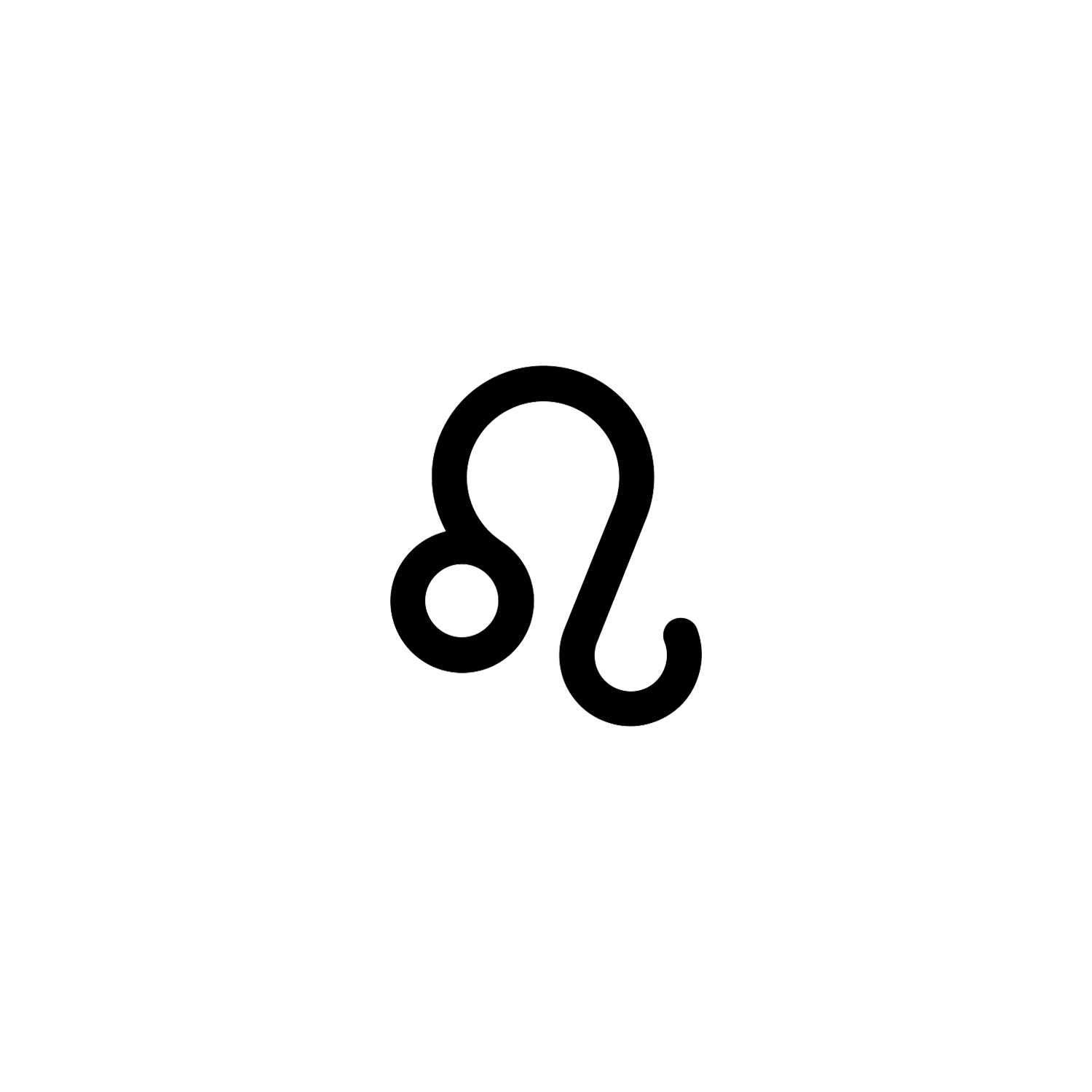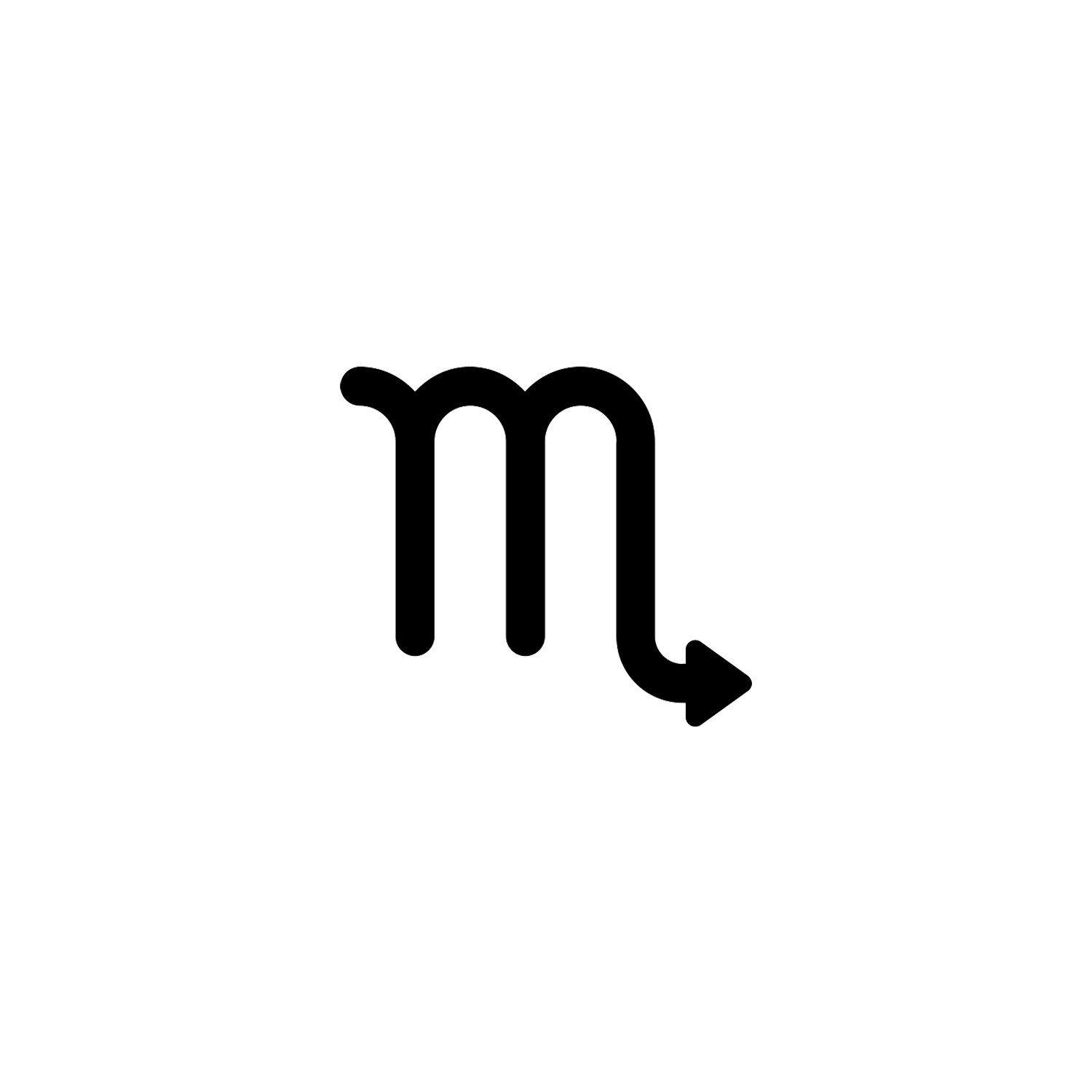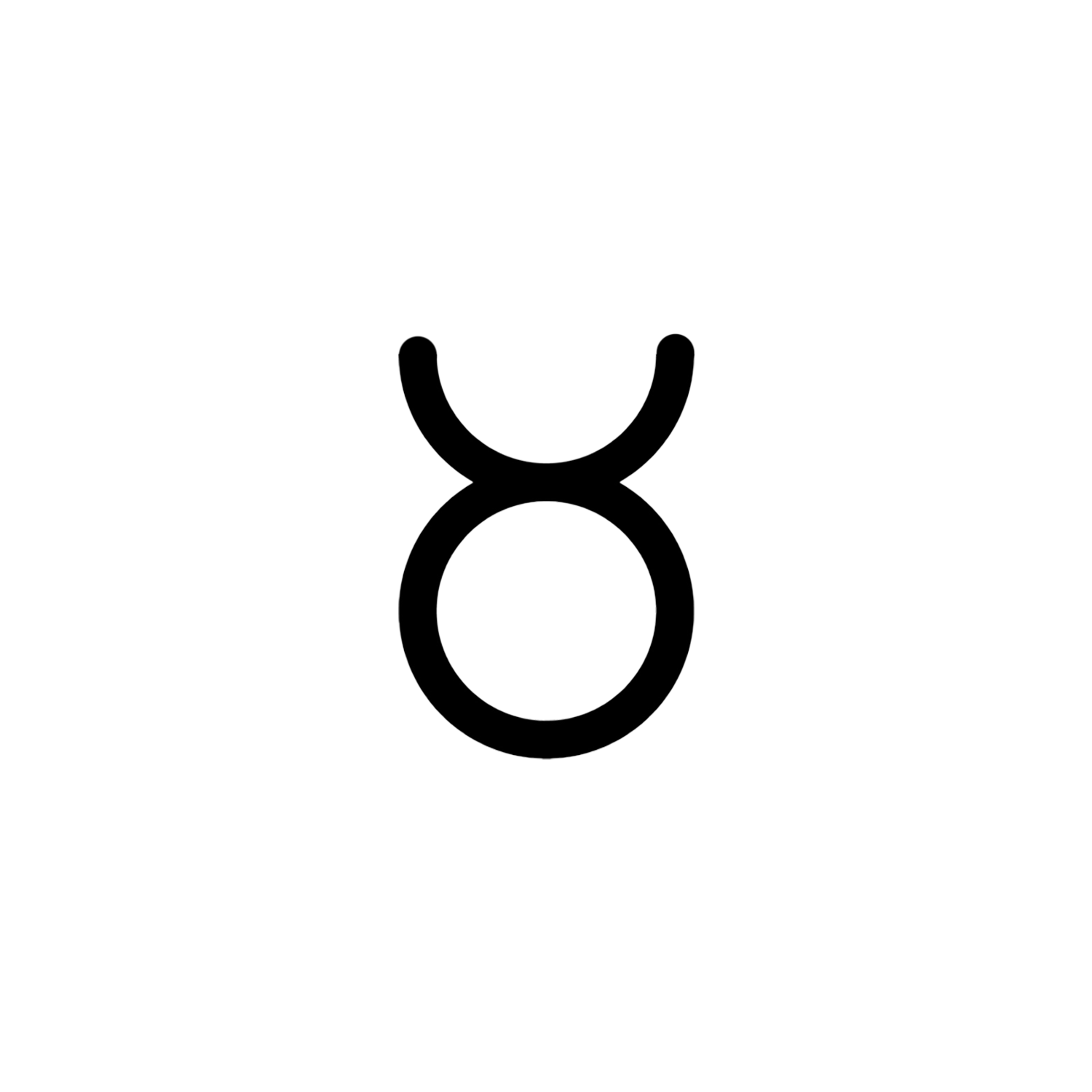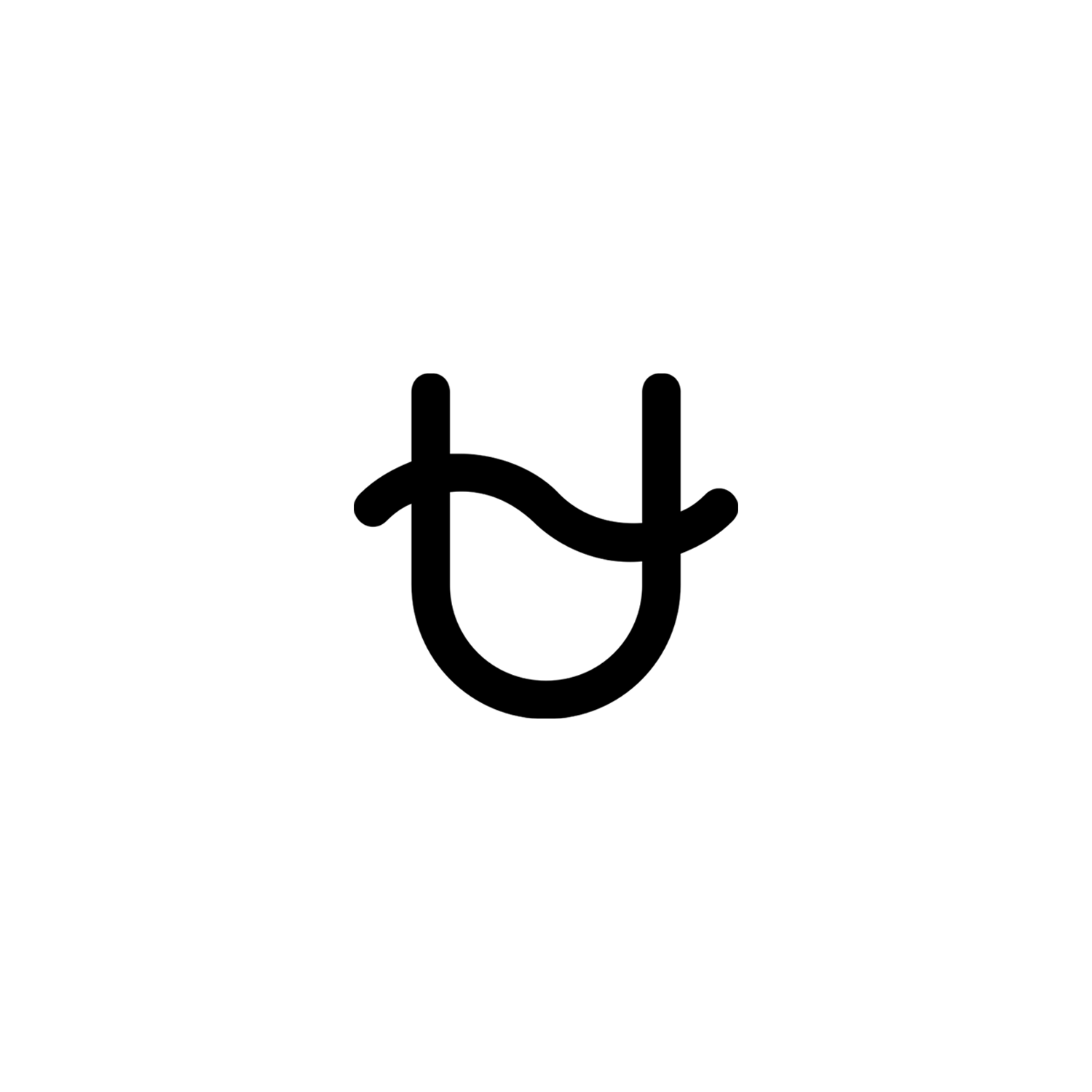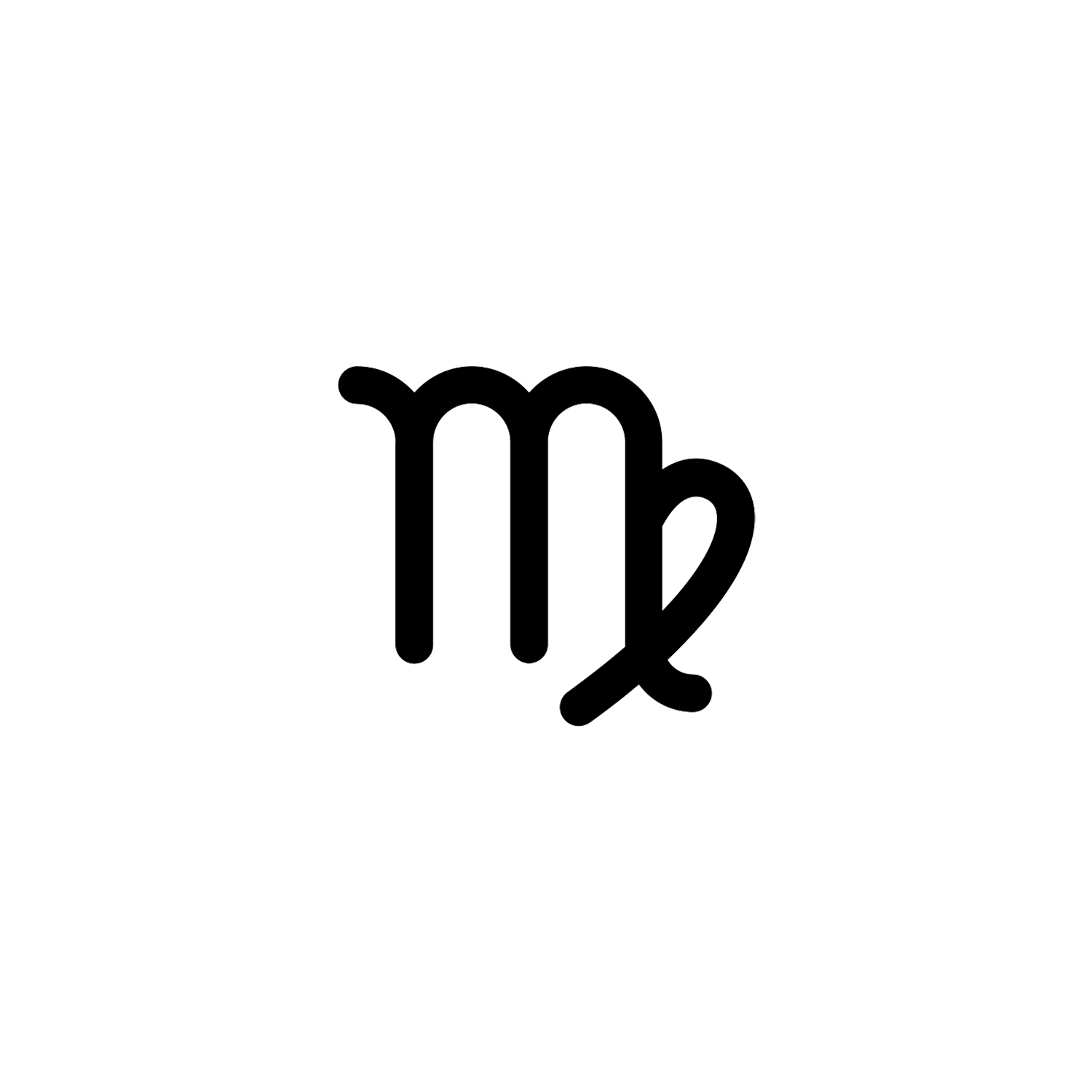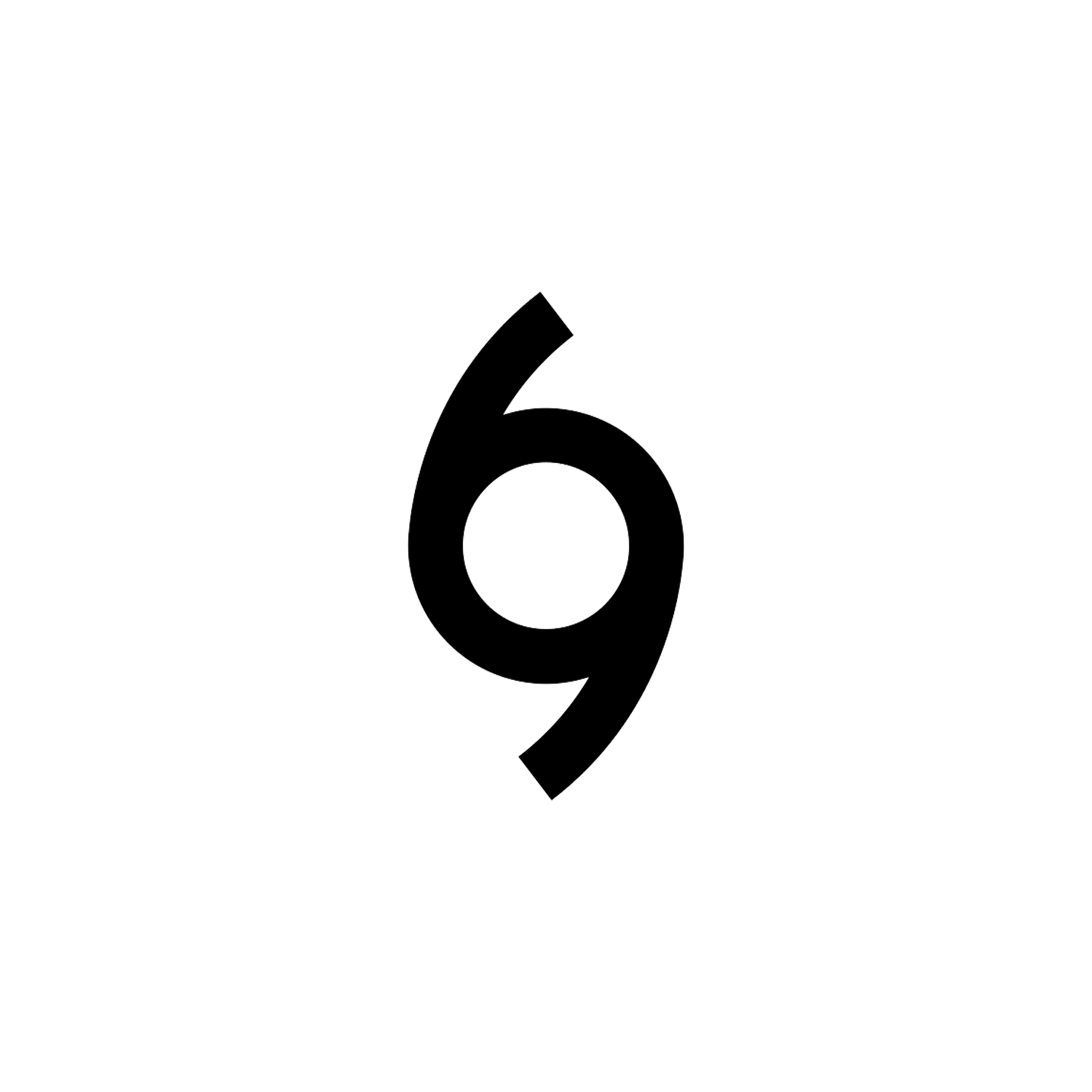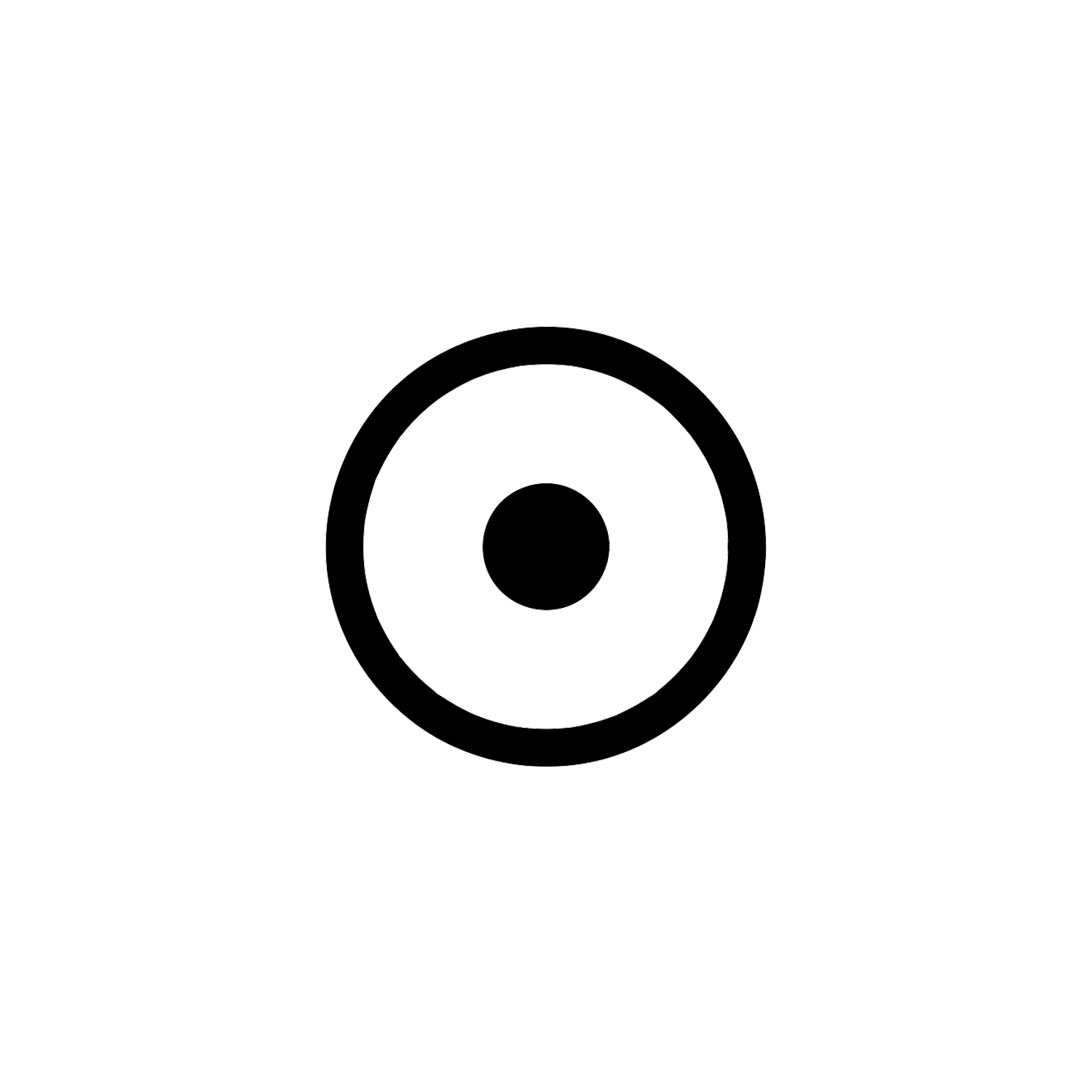Gemini
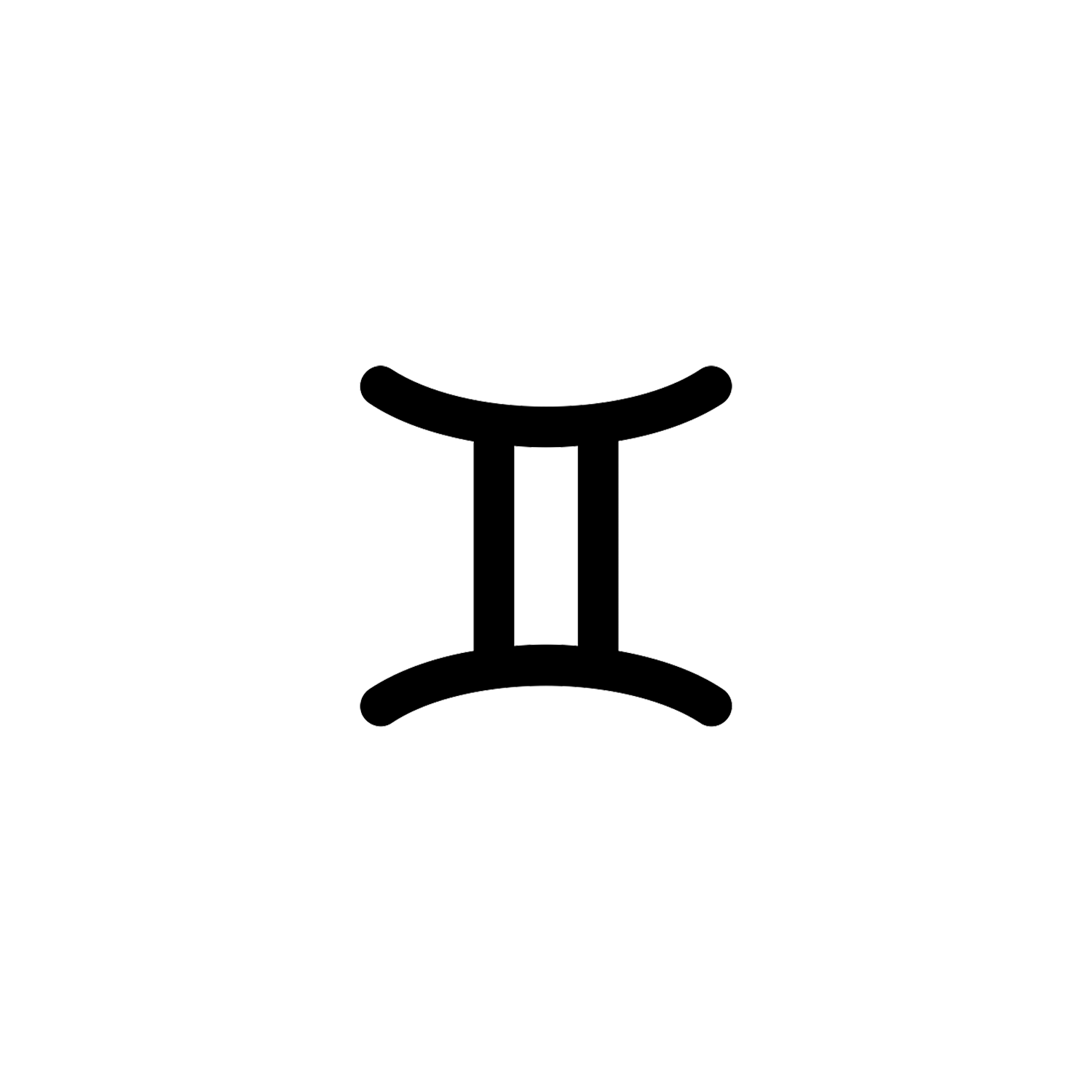

Gemini
The third astrological sign in the zodiac.
Overview
Gemini (/ˈdʒɛmɪnaɪ/ JEM-in-eye [1] Greek: Δίδυμοι, romanized: Dídymoi, Latin for “twins”) is the third astrological sign in the zodiac. Under the tropical zodiac, the sun transits this sign between about May 21 to June 21.[2]
Gemini is represented by the twins, Castor and Pollux,[3] known as the Dioscuri in Greek mythology. It is known as a positive, mutable sign.

In Babylonian astronomy, the stars Pollux and Castor were known as the Great Twins. Their names were Lugal-irra and Meslamta-ea, meaning “The Mighty King” and “The One who has arisen from the Underworld”. Both names are titles of Nergal. Also could be referencing Zeus and Hades.[4]
In Greek mythology, Gemini is associated with the myth of Castor and Pollux, a pair of twins conceived by different fathers. Zeus, who seduced Leda, conceived Pollux while Tyndareus, the king of Sparta and Leda’s husband, conceived Castor. When Castor died, because he was a mortal, Pollux begged his father Zeus to give Castor immortality, which was done through uniting them together in the heavens.
NASA named its two-person space capsule Project Gemini after the zodiac sign because the spacecraft could carry two astronauts.[5] Google’s AI model announced on December 6, 2023, is named Gemini.[6]


Astrology
In astrology, Gemini is the third sign of the zodiac, considered as governing the period from about May 21 to about June 21. It is represented by a set of twins (or in Egyptian astrology by a pair of goats and in Arabian astrology by a pair of peacocks). In addition to their identification as Castor and Pollux, the twins have also been related to other celebrated pairs, such as the younger and older Horus or Romulus and Remus.
In Western astrology, the polarity divides the zodiac in half and refers to the alignment of a sign’s energy as either positive or negative, with various attributes associated to them as a result.[7]
Positive polarity signs, also called active, yang, expressive, or masculine signs, are the six odd-numbered signs of the zodiac: Aries, Gemini, Leo, Libra, Sagittarius, and Aquarius. Positive signs make up the fire and air triplicities.[8][9]
Negative polarity signs, also called passive, yin, receptive, or feminine signs,[10] are the six even-numbered signs of the zodiac: Taurus, Cancer, Virgo, Scorpio, Capricorn, and Pisces. Negative signs make up the earth and water triplicities.[11]

Astronomy
Gemini is one of the constellations of the zodiac and is located in the northern celestial hemisphere. It was one of the 48 constellations described by the 2nd century AD astronomer Ptolemy, and it remains one of the 88 modern constellations today. Its name is Latin for twins, and it is associated with the twins Castor and Pollux in Greek mythology.
Gemini lies between Taurus to the west and Cancer to the east, with Auriga and Lynx to the north, Monoceros and Canis Minor to the south, and Orion to the south-west.
In classical antiquity, Cancer was the location of the Sun on the northern solstice (June 21). During the first century AD, axial precession shifted it into Gemini. In 1990, the location of the Sun at the northern solstice moved from Gemini into Taurus, where it will remain until the 27th century AD and then move into Aries. The Sun will move through Gemini from June 21 to July 20 through 2062.[12]

Gemini is prominent in the winter skies of the northern Hemisphere and is visible the entire night in December–January. The easiest way to locate the constellation is to find its two brightest stars Castor and Pollux eastward from the familiar V-shaped asterism (the open cluster Hyades) of Taurus and the three stars of Orion’s Belt (Alnitak, Alnilam, and Mintaka). Another way is to mentally draw a line from the Pleiades star cluster located in Taurus and the brightest star in Leo, Regulus. In doing so, an imaginary line that is relatively close to the ecliptic is drawn, a line which intersects Gemini roughly at the midpoint of the constellation, just below Castor and Pollux.
When the Moon moves through Gemini, its motion can easily be observed in a single night as it appears first west of Castor and Pollux, then aligns, and finally appears east of them.

Gemini is dominated by Castor and Pollux, two bright stars that appear relatively very closely together forming an o shape, encouraging the mythological link between the constellation and twinship. The twin above and to the right (as seen from the Northern Hemisphere) is Castor, whose brightest star is α Gem; it is a second-magnitude star and represents Castor’s head. The twin below and to the left is Pollux, whose brightest star is β Gem (more commonly called Pollux); it is of the first magnitude and represents Pollux’s head. Furthermore, the other stars can be visualized as two parallel lines descending from the two main stars, making it look like two figures.
H. A. Rey has suggested an alternative to the traditional visualization that connected the stars of Gemini to show twins holding hands. Pollux’s torso is represented by the star υ Gem, Pollux’s right hand by ι Gem, Pollux’s left hand by κ Gem; all three of these stars are of the fourth magnitude. Pollux’s pelvis is represented by the star δ Gem, Pollux’s right knee by ζ Gem, Pollux’s right foot by γ Gem, Pollux’s left knee by λ Gem, and Pollux’s left foot by ξ Gem. γ Gem is of the second magnitude, while δ and ξ Gem are of the third magnitude. Castor’s torso is represented by the star τ Gem, Castor’s left hand by ι Gem (which he shares with Pollux), Castor’s right hand by θ Gem; all three of these stars are of the fourth magnitude. Castor’s pelvis is represented by the star ε Gem, Castor’s left foot by ν Gem, and Castor’s right foot by μ Gem and η Gem; ε, μ, and η Gem are of the third magnitude. The brightest star in this constellation is Pollux.
Differences between Astrology and Astronomy
Astrological signs are now only used in astrology to tell fortunes and describe people’s characters. Zodiac constellations are the subject of astronomy. Previously, they marked the passage of time and the seasons for ancient people and helped create calendars. Even now, they are used for marine navigation and astronomical observations. For instance, they are especially useful for amateur astronomers as reference points to locate planets.
Astrology is a pseudoscience.[13] Scientific investigations of the theoretical[14] basis and experimental verification of claims[15] have shown it to have no scientific validity or explanatory power. More plausible explanations for the apparent correlation between personality traits and birth months exist, such as the influence of seasonal birth in humans.
The zodiac signs’ dates are now about a month ahead of when the Sun meets the corresponding constellations. These dates were established more than two thousand years ago, but today things changed. For example, Aries now meets the Sun around April 19 (the exact date depends on the year and your timezone) instead of the astrological date of March 21. So, most people who think of themselves as Aries were born when the Sun was in Pisces.
The reason for this time shift is the axial precession of the Earth. Our planet is like a spinning top: it’s flattened at the poles and bulges at the equator, pulled by the Moon and Sun. So, it wobbles as it spins, tracing a cone of 23.5° radius with its axis. The wobble is called the precession of the Earth’s axis, or the precession of the equinoxes. Each spin lasts one day, but each gyration around the cone takes 25,800 years. The movement slowly alters the view of the zodiac from the Earth, making the constellations appear to slide to the east about 1° per human lifetime.
Moreover, just as in ancient times, now the Sun passes through the 13th constellation Ophiuchus that we mentioned above. So, no zodiac constellation meets the Sun from around November 30 to December 17, but, in astrology, these days belong to the sign Sagittarius.
It’s the astronomical view of things. Astrologers defend themselves by saying that they use the tropical zodiac, which is fixed to seasons, not the position of constellations. So, it’s your choice to believe whether you are Aries or Pisces, Sagittarius or Ophiuchus.

There are twelve constellations that roughly correspond to the traditional zodiac signs and are recognized as members of the zodiac family: Aries, Taurus, Gemini, Cancer, Leo, Virgo, Libra, Scorpius, Sagittarius, Capricornus, Aquarius, Pisces.
They are called “zodiac” on behalf of tradition. Beyond that, there is no reason why they are grouped this way.
Astrologers say that during the dates of a zodiac sign, the Sun is “in” the corresponding constellation. Over a year, the Sun regularly visits 13 constellations in the sky: Capricornus, Aquarius, Pisces, Aries, Taurus, Gemini, Cancer, Leo, Virgo, Libra, Scorpius, Sagittarius, and Ophiuchus. The last one doesn’t have its traditional zodiac sign, but why? To find out, we would have to ask the Babylonians.
Babylonian astronomers designated the 12 zodiac signs in the 5th century B.C. They knew the 13th constellation Ophiuchus, but it didn’t fit into the ancient calendar of 12 lunar months. So, Babylonians omitted Ophiuchus for convenience. Modern Western zodiac astrology still follows the Babylonian tradition. Moreover, astronomy constellation maps don’t include Ophiuchus in the zodiac family either – it belongs to the Hercules one.
Altogether, the 13 constellations are called the constellations of the ecliptic. The ecliptic refers to the imaginary plane containing the Earth’s orbit around the Sun. We from the Earth observe it as the Sun’s path in the sky throughout the year. Over a year, the Sun appears to regularly pass in front of the ecliptic constellations one by one. The entry and exit dates almost perfectly repeat. For Ophiuchus, these dates are November 30 to December 17 (the beginning and the ending may vary by day, depending on the year and your timezone).
Therefore, if you are born at the beginning of December, don’t be surprised that the Sun is “in” Ophiuchus and not the constellation Sagittarius.

Conclusion
In astrology, the sun transits the Gemini sign between about May 21 to June 21. Gemini is represented by the twins, Castor and Pollux, known as the Dioscuri in Greek mythology.
In Babylonian astronomy, the stars Pollux and Castor were known as the Great Twins. Their names were Lugal-irra and Meslamta-ea, meaning “The Mighty King” and “The One who has arisen from the Underworld”. Both names are titles of Nergal. Also could be referencing Zeus and Hades.
[1] Unicode Consortium (2015). "Unicode 8.0 Character Code Charts" (PDF).
[2] "Gemini". Encyclopedia Britannica. n.d.
[3] "English Oxford Living Dictionary". Oxford University Press. 2018. Archived from the original on September 20, 2016.
[4] White, Gavin (2008). Babylonian Star-lore. Solaria Pubs. p. 125.
[5] "Humans in Space". National Air and Space Museum. Smithsonian. n.d. Archived from the original on June 1, 2016.
[6] "Introducing Gemini: our largest and most capable AI model". Google. December 6, 2023.
[7] Hall, Judy (2005). The Astrology Bible: The Definitive Guide to the Zodiac. Sterling Publishing Company, Inc. p. 137. ISBN 978-1-4027-2759-7.
[8] Standen, Anthony (1975). "Is There An Astrological Effect On Personality". The Journal of Psychology. 89 (2): 259–260. doi:10.1080/00223980.1975.9915759. PMID 1151896. Archived from the original on July 25, 2020.
[9] van Rooij, Jan J. F. (1993). "Introversion-Extraversion: astrology versus psychology". Department of Psychology, University of Leiden, the Netherlands. 16 (6): 985–988. doi:10.1016/0191-8869(94)90243-7.
[10] Standen, Anthony (1975). "Is There An Astrological Effect On Personality". The Journal of Psychology. 89 (2): 259–260. doi:10.1080/00223980.1975.9915759. PMID 1151896. Archived from the original on July 25, 2020.
[11] van Rooij, Jan J. F. (1993). "Introversion-Extraversion: astrology versus psychology". Department of Psychology, University of Leiden, the Netherlands. 16 (6): 985–988. doi:10.1016/0191-8869(94)90243-7.
[12] "Astrology: Why Your Zodiac Sign and Horoscope Are Wrong". Live Science. 21 September 2017.
[13] Sven Ove Hansson; Edward N. Zalta. "Science and Pseudo-Science". Stanford Encyclopedia of Philosophy. Retrieved 6 July 2012. There is widespread agreement for instance that creationism, astrology, homeopathy, Kirlian photography, dowsing, ufology, ancient astronaut theory, Holocaust denialism, Velikovskian catastrophism, and climate change denialism are pseudosciences.
[14] Vishveshwara (1989). S.K. Biswas; D.C.V. Mallik; C.V. Vishveshwara (eds.). Cosmic Perspectives: Essays Dedicated to the Memory of M.K.V. Bappu (1. publ. ed.). Cambridge, England: Cambridge University Press. ISBN 978-0-521-34354-1.
[15] Carlson, Shawn (1985). "A double-blind test of astrology" (PDF). Nature. 318 (6045): 419–425. Bibcode:1985Natur.318..419C. doi:10.1038/318419a0. S2CID 5135208. Archived (PDF) from the original on 2019-02-16.
Latest Symbols
Monthly Digest
A summary of symbols for the month in a quick read format straight to your inbox.


